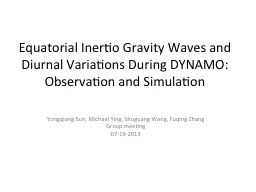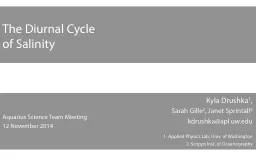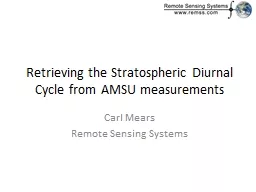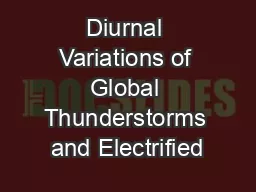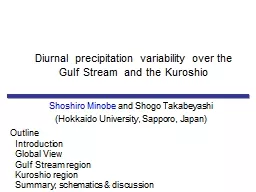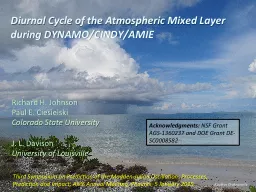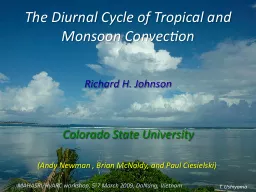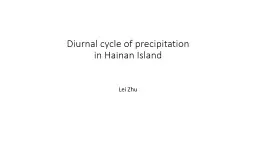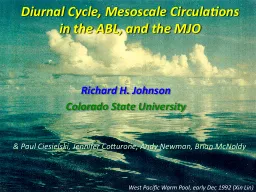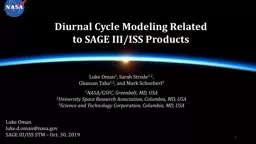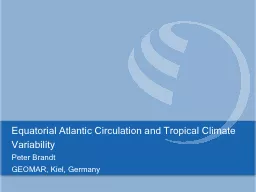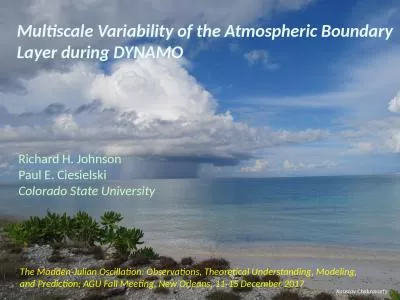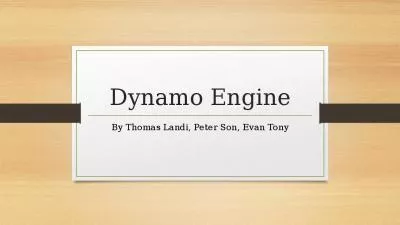PPT-Equatorial Inertio Gravity Waves and Diurnal Variations During DYNAMO:
Author : luanne-stotts | Published Date : 2018-03-09
Observation and Simulation Yongqiang Sun Michael Ying Shuguang Wang Fuqing Zhang Group meeting 07192013 Wheeler and Kiladis 1999 Kiladis et al 2009 2Day
Presentation Embed Code
Download Presentation
Download Presentation The PPT/PDF document "Equatorial Inertio Gravity Waves and D..." is the property of its rightful owner. Permission is granted to download and print the materials on this website for personal, non-commercial use only, and to display it on your personal computer provided you do not modify the materials and that you retain all copyright notices contained in the materials. By downloading content from our website, you accept the terms of this agreement.
Equatorial Inertio Gravity Waves and Diurnal Variations During DYNAMO:: Transcript
Download Rules Of Document
"Equatorial Inertio Gravity Waves and Diurnal Variations During DYNAMO:"The content belongs to its owner. You may download and print it for personal use, without modification, and keep all copyright notices. By downloading, you agree to these terms.
Related Documents

